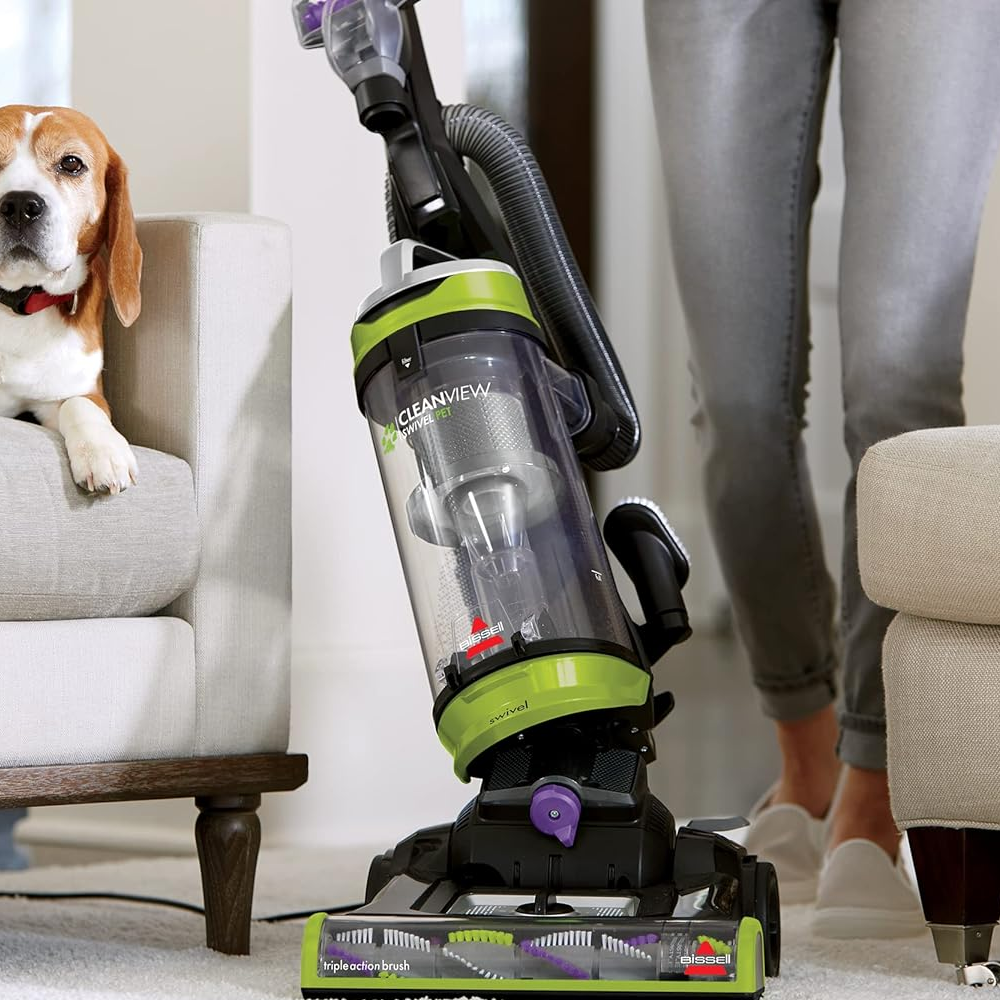In 2025, the question “Are robot vacuums worth it?” is no longer about novelty, but about practicality.

The Clear Advantages: Why Robot Vacuums Shine
The primary allure of a robot vacuum is, without a doubt, convenience and time-saving. Imagine coming home to clean floors every day without lifting a finger. This is the core promise, and modern robots deliver on it admirably.
- Effortless Daily Maintenance: Robot vacuums excel at maintaining cleanliness. They pick up daily dust, crumbs, and pet hair, preventing accumulation and significantly reducing the need for manual vacuuming. For busy professionals, families, or anyone with a demanding schedule, this automation is a game-changer.
- Pet Hair Patrol: For pet owners, a robot vacuum can be a godsend. Scheduling daily runs means less pet hair tumbleweeds, reducing allergens and keeping your home consistently tidier. Many models are specifically designed with tangle-free brushes and larger bins for this purpose.
- Access to Hard-to-Reach Areas: Their low profile allows them to clean under beds, sofas, and other furniture that traditional vacuums struggle to reach, reducing hidden dust bunnies and improving overall air quality.
- Smart Features & Customization: Today’s robots boast advanced mapping, allowing them to learn your home layout, create no-go zones, and clean specific rooms on demand. Integration with smart home systems means you can command them with your voice or through a tap on your phone, even when you’re away from home.
- Self-Sufficient Designs : The rise of self-emptying docks has significantly enhanced the “hands-free” experience. These docks allow robots to empty their own dustbins for weeks or even months, pushing the convenience factor to new heights. Some even wash and dry their own mop pads.
Where Robot Vacuums Still Have Limitations
Despite their advancements, robot vacuums aren’t a magical solution for every cleaning scenario.
- Not a Replacement for Deep Cleaning: While excellent for maintenance, most robot vacuums, especially the slimmer models, can’t match the deep suction power of a high-quality upright or canister vacuum. For deeply embedded dirt in thick carpets, you’ll still need a more powerful manual clean.
- Obstacle Challenges: While object avoidance has vastly improved (especially with AI vision), cords, small toys, shoelaces, and (infamously) pet messes can still be problematic. Pre-cleaning your floor is often required to ensure a smooth run.
- Battery Life & Charging: While improving, battery life can still be a limitation for very large homes, requiring the robot to return to its base for multiple recharges during a single cleaning cycle.
- Cost: High-end models with all the bells and whistles (self-emptying, advanced mopping, AI navigation) come with a significant price tag. More affordable models might lack crucial features or overall efficiency.
- Stairs: This is the one obstacle no robot vacuum can overcome. You’ll need separate units or manual cleaning for multi-level homes.
The Verdict in 2025: Are They Worth It?
Yes, robot vacuums are absolutely worth it for a large segment of the population in 2025.
They offer unparalleled convenience, save significant time, and keep your home consistently cleaner than you likely would on your own. For busy individuals, pet owners, allergy sufferers, or anyone looking to reclaim precious hours, the investment often pays for itself in peace of mind and a noticeably tidier living environment.
However, they are best viewed as a supplement to, rather than a complete replacement for, a traditional vacuum. For the occasional deep clean, especially on thick carpets, a powerful upright or canister vacuum is still necessary.
If your budget allows for a feature-rich model with strong navigation and a self-emptying dock, the return on investment in terms of time saved and daily cleanliness is substantial. For those with specific needs like pet hair or hard floors, there’s a specialized robot vacuum designed to excel. In 2025, robot vacuums have solidified their place as a smart and valuable addition to the modern home.


Leave a Reply